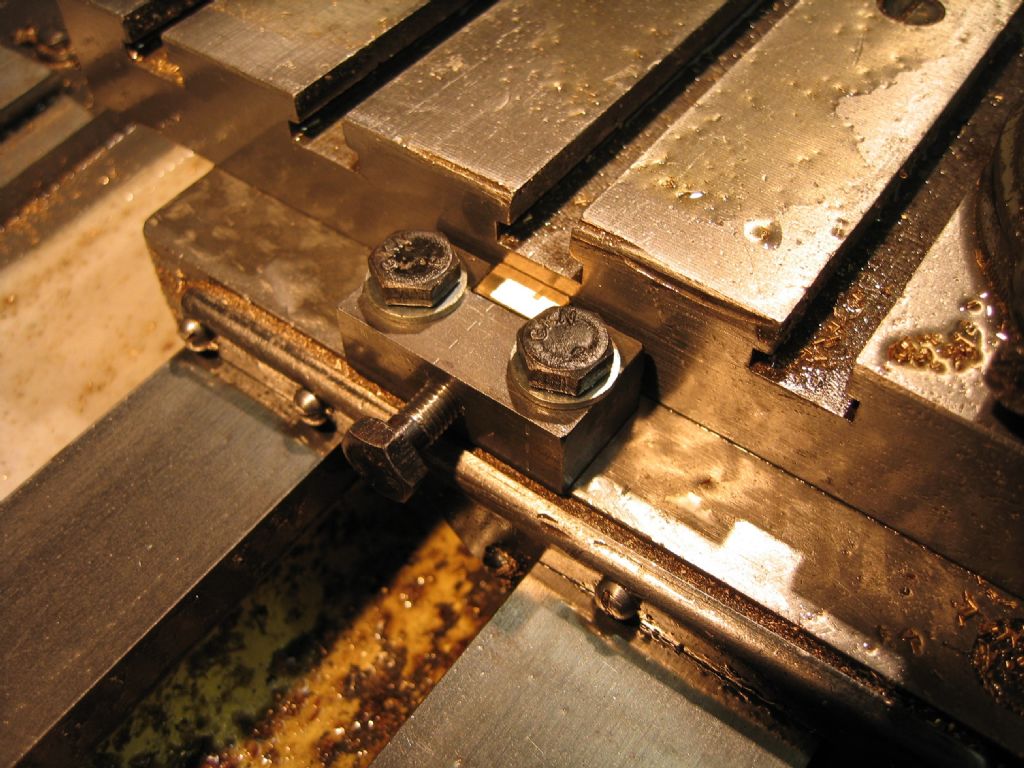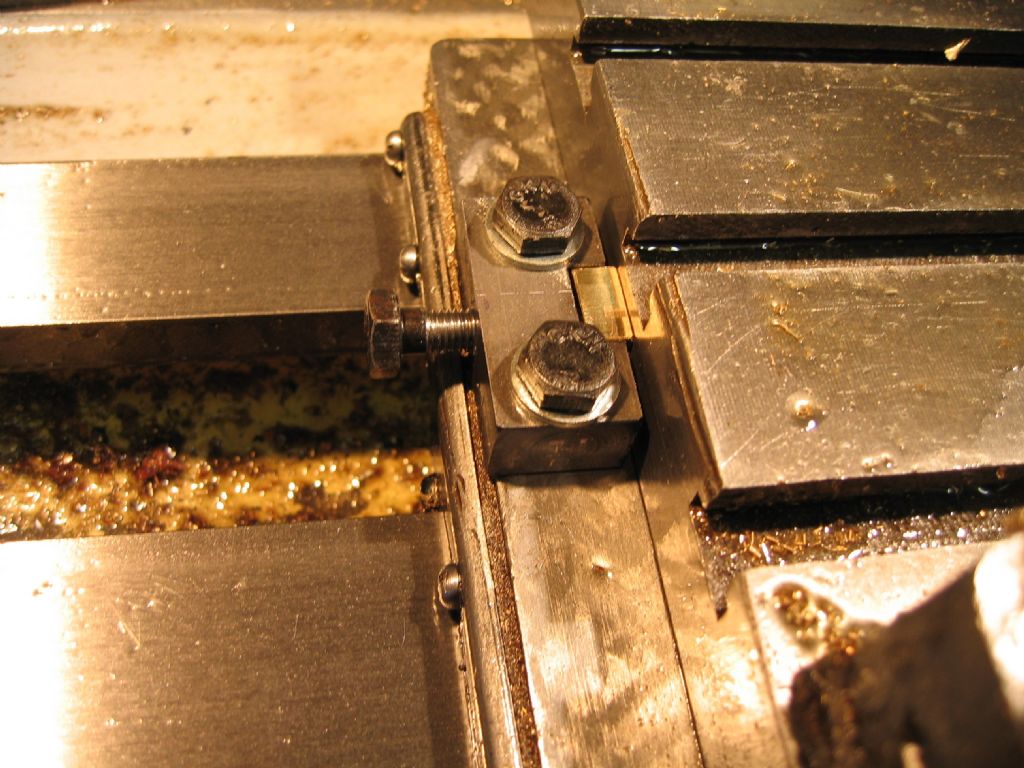Cross Slide Lock
Cross Slide Lock
- This topic has 17 replies, 11 voices, and was last updated 26 June 2019 at 09:44 by
 JA.
JA.
Viewing 18 posts - 1 through 18 (of 18 total)
Viewing 18 posts - 1 through 18 (of 18 total)
- Please log in to reply to this topic. Registering is free and easy using the links on the menu at the top of this page.
Latest Replies
Viewing 25 topics - 1 through 25 (of 25 total)
-
- Topic
- Voices
- Last Post
Viewing 25 topics - 1 through 25 (of 25 total)
Latest Issue
Newsletter Sign-up
Latest Replies
- Boiler Design – issue 4765
- Depth of cut cowells me90
- Rotary table Chuck mounting.
- Pre-Setting 4-Jaw Chucks Hack for Quick Centering
- Help recommend a milling machine?
- Bandsaw vs Powered Hacksaw vs Chop Saw?
- Save your Swarf!
- Cutting down a linear glass DRO encoder
- UK Steel Supplier? 125 x 125 x 50 BMS
- Smart Meter Change-over Problems


 would be prevented – but I think that the strip would, in fact, be pushed downwards by pointed screws in conical pockets. (We may in fact agree, but are using 'upwards' and 'downwards' reversed…)
would be prevented – but I think that the strip would, in fact, be pushed downwards by pointed screws in conical pockets. (We may in fact agree, but are using 'upwards' and 'downwards' reversed…)



